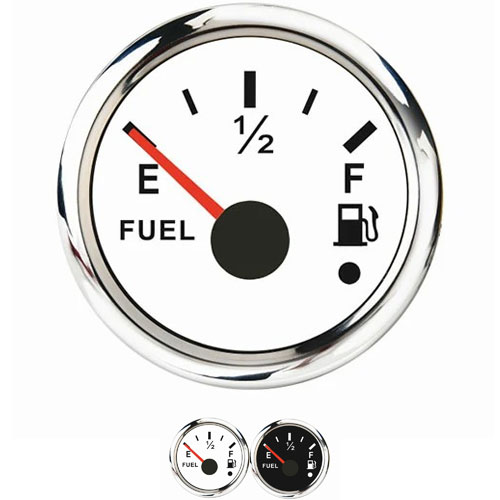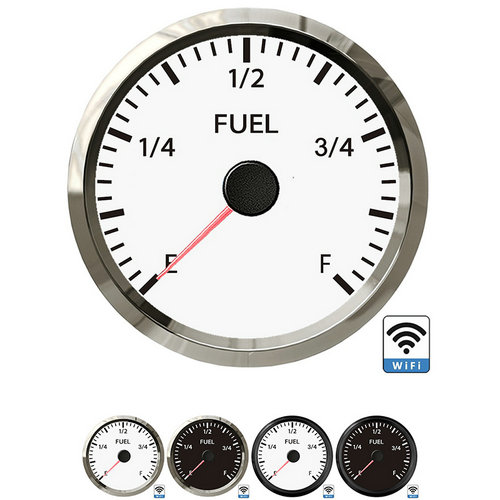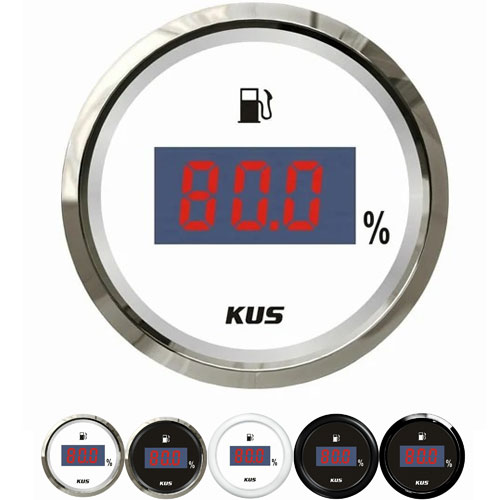1 1/2 fuel level gauge
For 1 1/2 fuel level gauge:Look at the oil gauge of the car: under normal circumstances, the oil gauge will have three scales "0", "1/2", "1" or two letters F and E marked on both ends, "0" and E means no oil , "1" and F means full oil, "1/2" means half tank.
There are two types of oil gauges: pointer type and digital type. In the pointer type oil gauge, F means full, and E means insufficient. In the digital oil meter, the more grids that light up, the more oil is left, and when the number of grids is only 1-2, it means that the amount of oil is low and needs to be replenished in time.
The amount of oil displayed by the oil gauge comes from a floating ball in the fuel tank connected to a metal rod, and the end of the metal rod connected by the floating ball will pass through.
Connected to a variable resistor by a movable contact, the position of the floating ball on the oil surface in the tank changes in height,It will also change the position on the variable resistor through the metal rod, and this variable electric limit will be connected to the fuel gauge of the car, which refers to the fuel gauge.
The movement of the needle is controlled by the amount of current flowing through the variable resistor.
The car fuel gauge is mainly composed of a transmitter that measures the fuel level in the fuel tank and a fuel gauge that displays the source measurement results to the driver. The value of the fuel quantity tells the owner exactly how much fuel the car consumes and how much storage is left in the fuel tank. The owner of the car also judges whether it needs to be refueled or how much mileage can be driven according to the display of the oil watch. The fuel gauge started working after the ignition switch was turned on. When there are main and auxiliary fuel tanks, the fuel gauge can only display the fuel storage of one mailbox, and which mailbox is displayed is controlled by the fuel gauge display switch. Some cars have fuel alarms.When the fuel level in the tank is close to "0" (or the red line), the warning light starts flashing, giving a no-fuel warning.
 English
English 






Get a Quote / Info